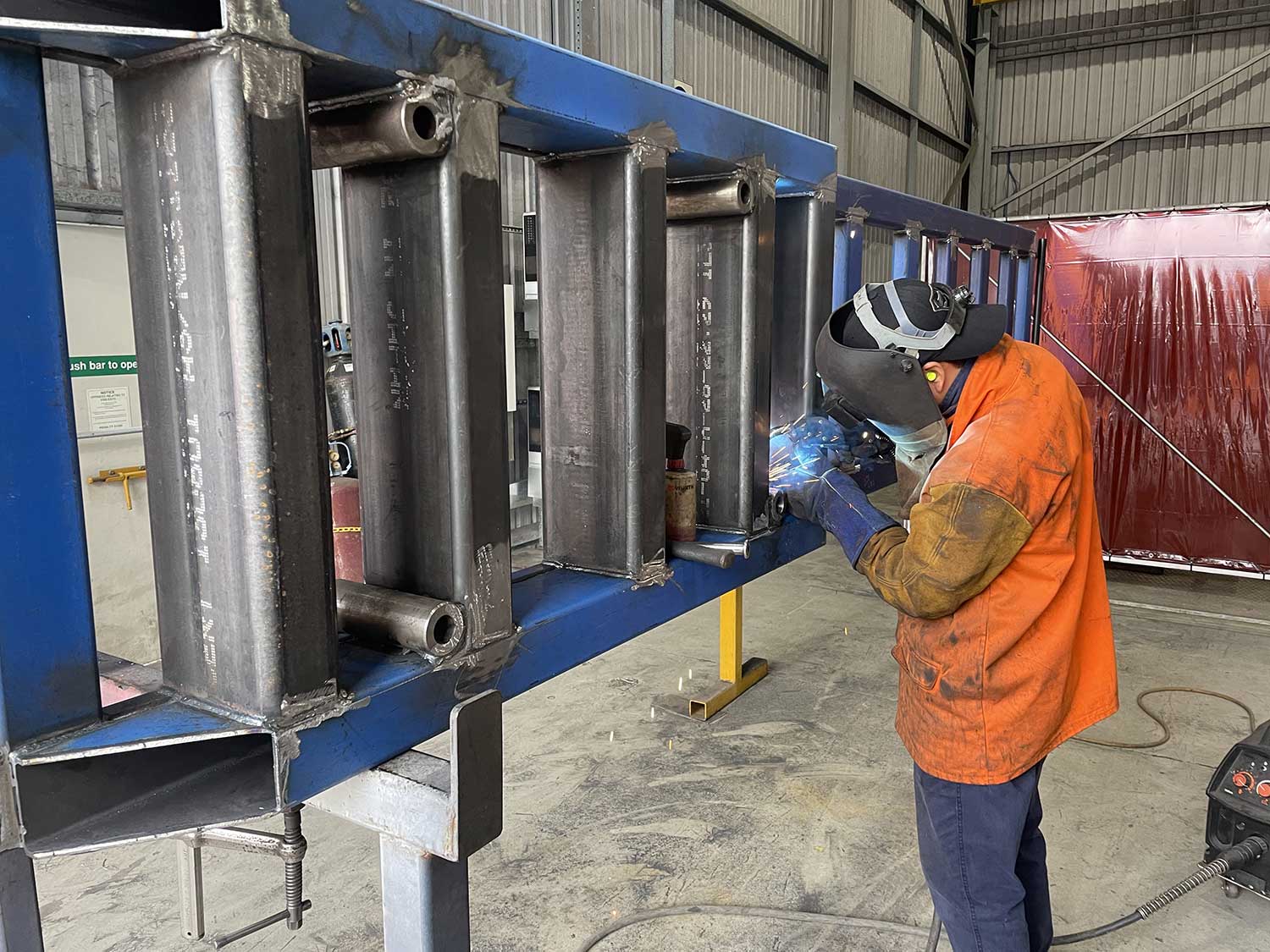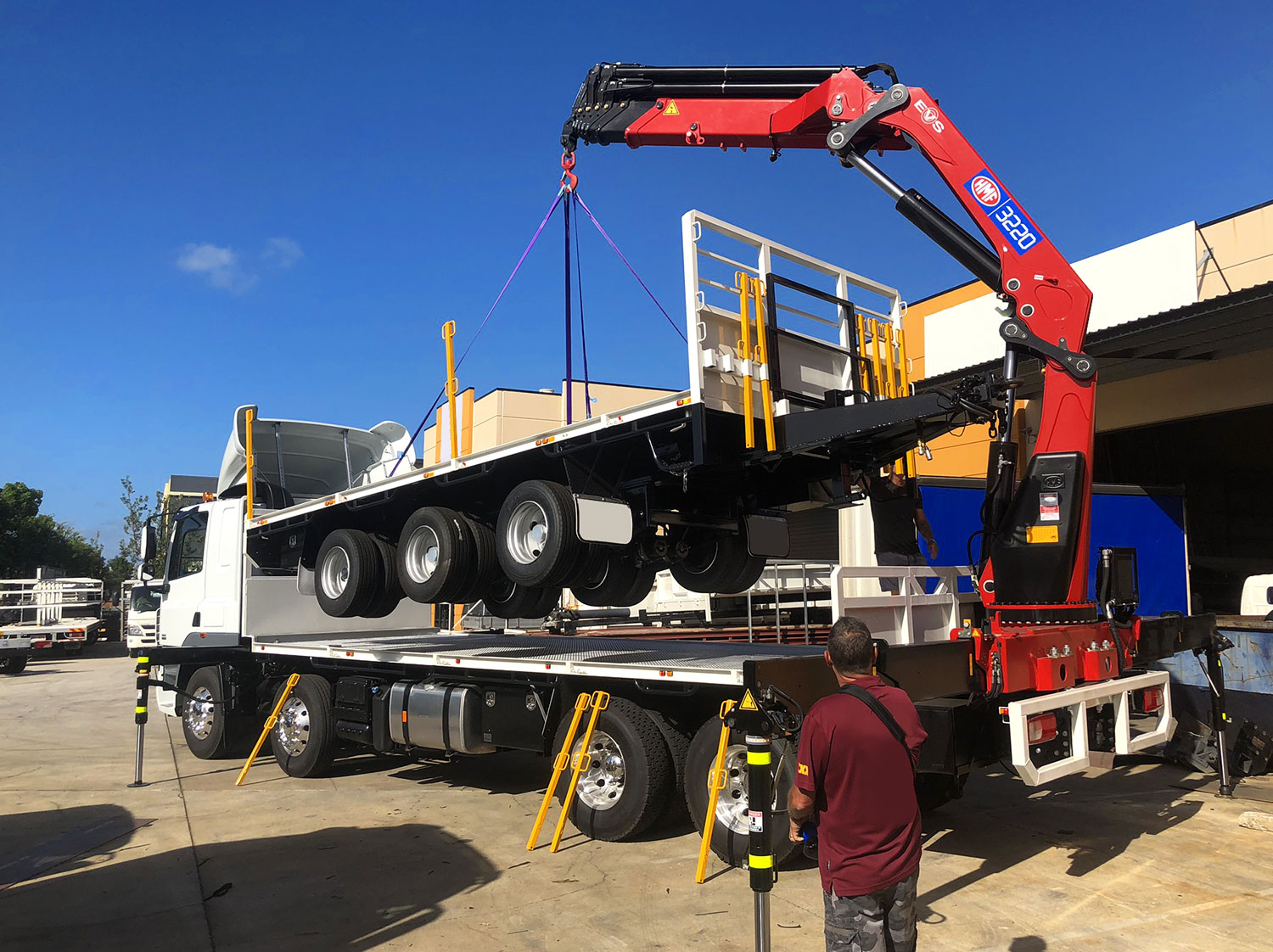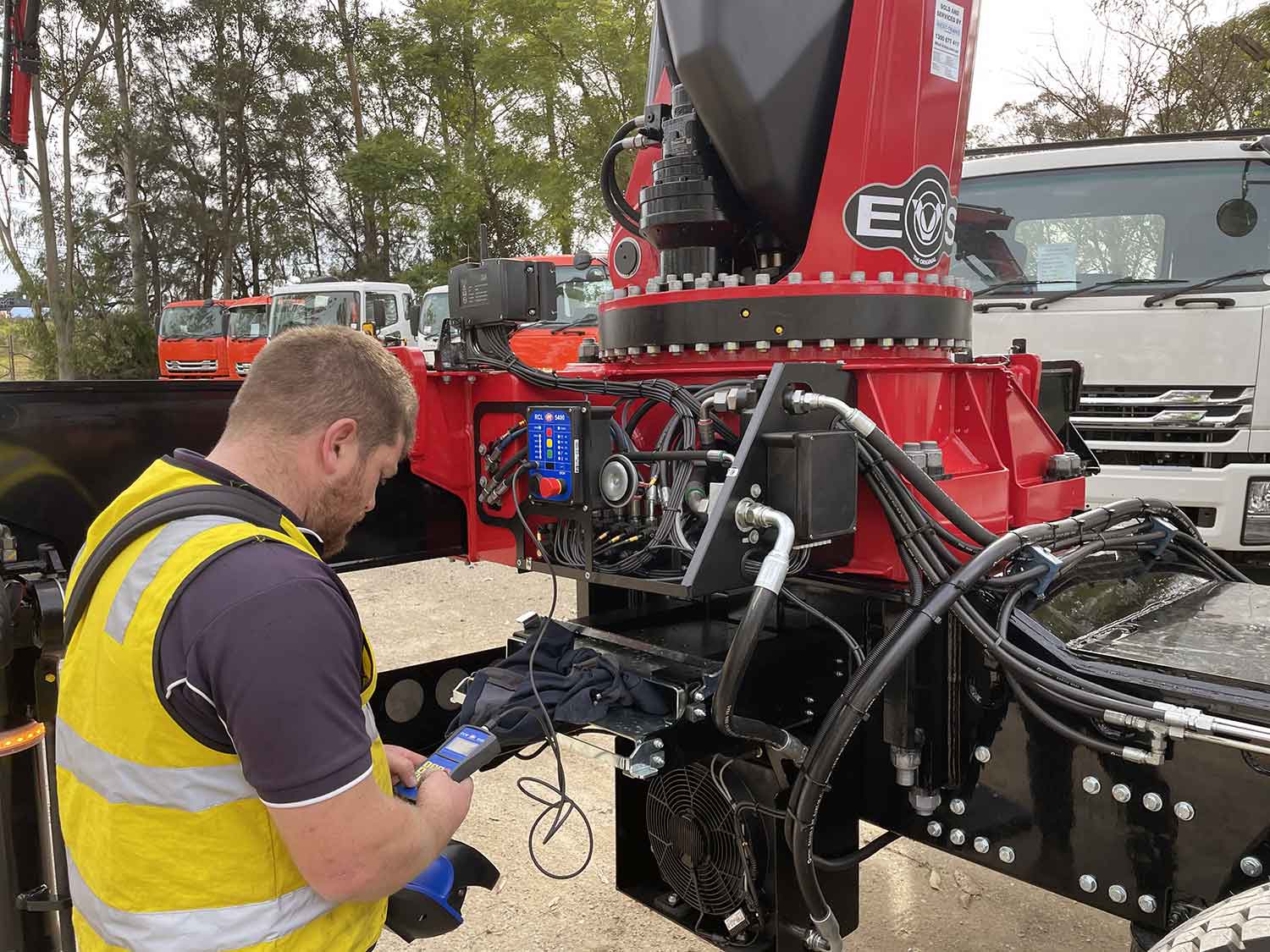Cranes have been an essential tool in construction and logistics since ancient times, a machine that revolutionised our ability to build high and lift previously immovable objects. Today, we have a wide range of crane technology, from small mobile cranes to enormous gantry cranes used in shipbuilding.
One thing these cranes share, however, is their need for routine inspections and regular maintenance. It will come as no surprise even to people that don’t work alongside cranes, that without proper maintenance, crane operations can experience wear and tear and result in severe and even deadly safety hazards.
Being proactive in preventive maintenance by incorporating regular inspections as part of your operational productivity, ensures regulatory compliance, optimal performance and crane reliability, and a much lower risk of operational failures.
Why Regular Crane Maintenance Matters
Maintenance practices are all about ensuring worker safety. Effective crane maintenance involves a thorough inspection of all crane components, followed by routine servicing and timely repairs. Various industries will have different maintenance schedules to ensure the smooth operation of their cranes.
Regular inspections for issues like hydraulic leaks, cracks appearing, excessive wear, worn-out cables, and the early detection of damage to critical components can all help to increase the crane’s lifespan and prevent catastrophic failures. Keeping detailed records of regular servicing is also a regulatory requirement.
While site safety is number 1, unexpected breakdowns have more consequences than the risk of failing safety regulations. Expensive repairs, increased downtime, and the cost of additional repair technicians or maintenance staff can significantly contribute to operational costs and a decrease in operational efficiency.
The real-world consequences of neglect can be hundreds of thousands of dollars in downtime of industrial operations, as well as the costly repairs of structural components, electrical components, or control systems. What is a minor inconvenience and cost today, could be a lifesaver tomorrow.

Key Benefits of Routine Crane Maintenance
When purchasing a crane, you will be provided with maintenance guidance by the manufacturer. They’re best placed to provide this information as they have designed the specific crane model and put it through rigorous engineering testing to know exactly what it can and cannot handle.
Following this guide is a critical aspect of taking a proactive approach to creating optimal working conditions as well as ensuring safety for everyone on the job site. Regular maintenance, particularly of sensitive systems like electrical systems, control panels, as well as the proper lubrication of moving components, extends the equipment’s lifespan, reduces unplanned downtime, and is a key way to prevent safety hazards. A well-maintained crane also has a far better resale value than one with extensive wear and tear.
Components of a Crane Maintenance Schedule
Every crane will have a slightly different maintenance schedule, but there are some maintenance steps that should be taken regardless of the size, load capacity or working conditions of the crane.
First, visual inspections should be conducted daily. Check that the wire rope is not fraying if the crane has a winch, that moving components have not cracked or become misaligned, and that movement is not restricted in any way.
Wire rope is referring more to mobile cranes rather than our cranes, which only have wire rope if they have a winch added on
Weekly function checks should assess lifting and lowering, pivoting and turning to ensure optimal performance and preparedness for the bearing of heavy loads.
Depending on the specific crane model and the conditions and workload it is placed under, monthly and annual servicing will also be required to keep the machine at its optimal condition and undertake any major repairs that are discovered during shorter-term checks.
For certain types of cranes, custom schedules are often designed that include engine maintenance practices and routine inspections of the transport machinery components. Engine maintenance would just be for a mobile crane
What’s Included in a Professional Crane Service?
A professional crane service involves a complete analysis of all the crane’s working parts and systems. A specialist technician will be called to perform maintenance on most cranes. Lubrication and fluid checks are completed to ensure the crane’s hydraulics are working effectively. Load testing under controlled conditions allows a deep analysis of the strain that working parts are put under. Hydraulic and breather filters are changed
Electrical system inspection ensures that all control systems are working to their specification and that the machine remains under the operator’s control.
Software diagnostics are a part of this process, as control panels and the crane’s programming are assessed and updated, if necessary.
Signs Your Crane Needs Immediate Maintenance
Some of the signs that your crane needs immediate maintenance include unusual noises or vibrations when the crane is running or when a load is being lifted.
Slow or jerky operation could be a sign that the crane’s electrical or hydraulic components and controls are failing.
Oil leaks or fluid stains often indicate that the engine piping is damaged or has come loose or that hydraulic integrity has become compromised, which could affect controlling the crane if not immediately fixed. Worn-out parts or frayed cables are more visible signs that damage has occurred. Proactive maintenance on any of these issues is essential to ensuring safety for the site, reduced downtime, and consistent and reliable crane operations.
How to Choose a Crane Maintenance Provider
Choosing the right crane maintenance provider may be easier than you think. First, check their website for their list of certifications and experience, making sure they are fully qualified to do what they say they will do. Ensure that they have the expertise to service your particular crane make and model.

Check their emergency response capabilities, which will tell you if they can make emergency calls, generally within 24 hours. You want to build a long-lasting relationship with your crane maintenance provider, so choose one that is responsive and able to help as soon as possible.
Next, ensure that the provider has access to Original Equipment Manufacturer, or OEM, parts. These are by far the best parts to use when replacing old and worn out components as they are designed to fit that specific part exactly. Finally, you may want to assess their customer support and reporting tools. A responsive and timely maintenance provider will pay for themselves quicker than you might expect.
Partner With Australia’s Crane Operations Experts
Cranes play an important role in many of the world’s industries. From construction to logistics, mining and manufacturing, keeping the world’s cranes running is, in essence, what keeps the world running.
For cranes in Australia, look no further than your local crane servicing experts, HMF Australia. Get in touch with our friendly team today to find out how we can partner with your business to get the very best out of your crane operations.
Frequently Asked Questions
How to improve crane efficiency?
The best way to improve crane efficiency is by implementing a regular maintenance program for your cranes. By making sure your crane is working at its best, you minimise downtime, improve overall cost savings and have enhanced safety at your job site.
What is the Australian standard for crane maintenance?
The main Australian standard for crane maintenance and safe use is AS 2550. The safe use of cranes, hoists, and winches is covered in AS 2550.1, while the general requirements for cranes, hoists, and winches are covered in AS 1418.
What is predictive maintenance for cranes?
Predictive maintenance in cranes is the method of anticipating a repair or replacement before the part breaks or fails entirely. It involves assessing the crane’s overall operational condition and taking action to improve or fix a system or component before it can become a serious issue. This strategy offers high-cost savings when compared to the downtime incurred and costly emergency repairs.
How do you calculate crane efficiency?
Crane efficiency is calculated by dividing the crane’s “actual output” (the crane’s weight lifted and distance moved) by the crane’s “potential output” (the crane’s rated capacity and theoretical distance). This figure is then multiplied by 100 to get a crane efficiency percentage.

